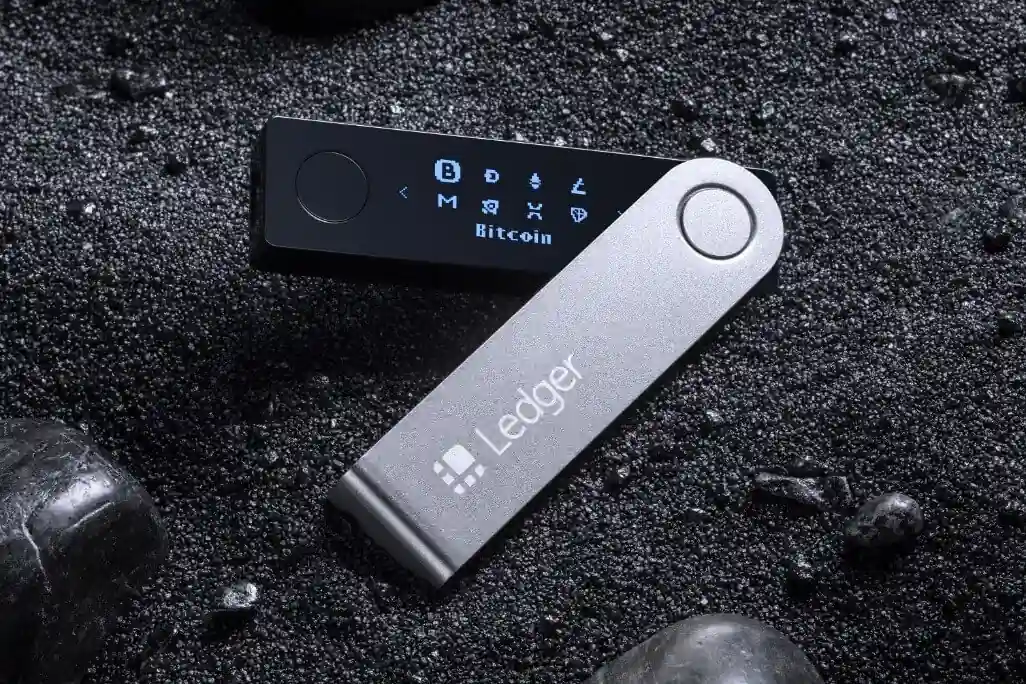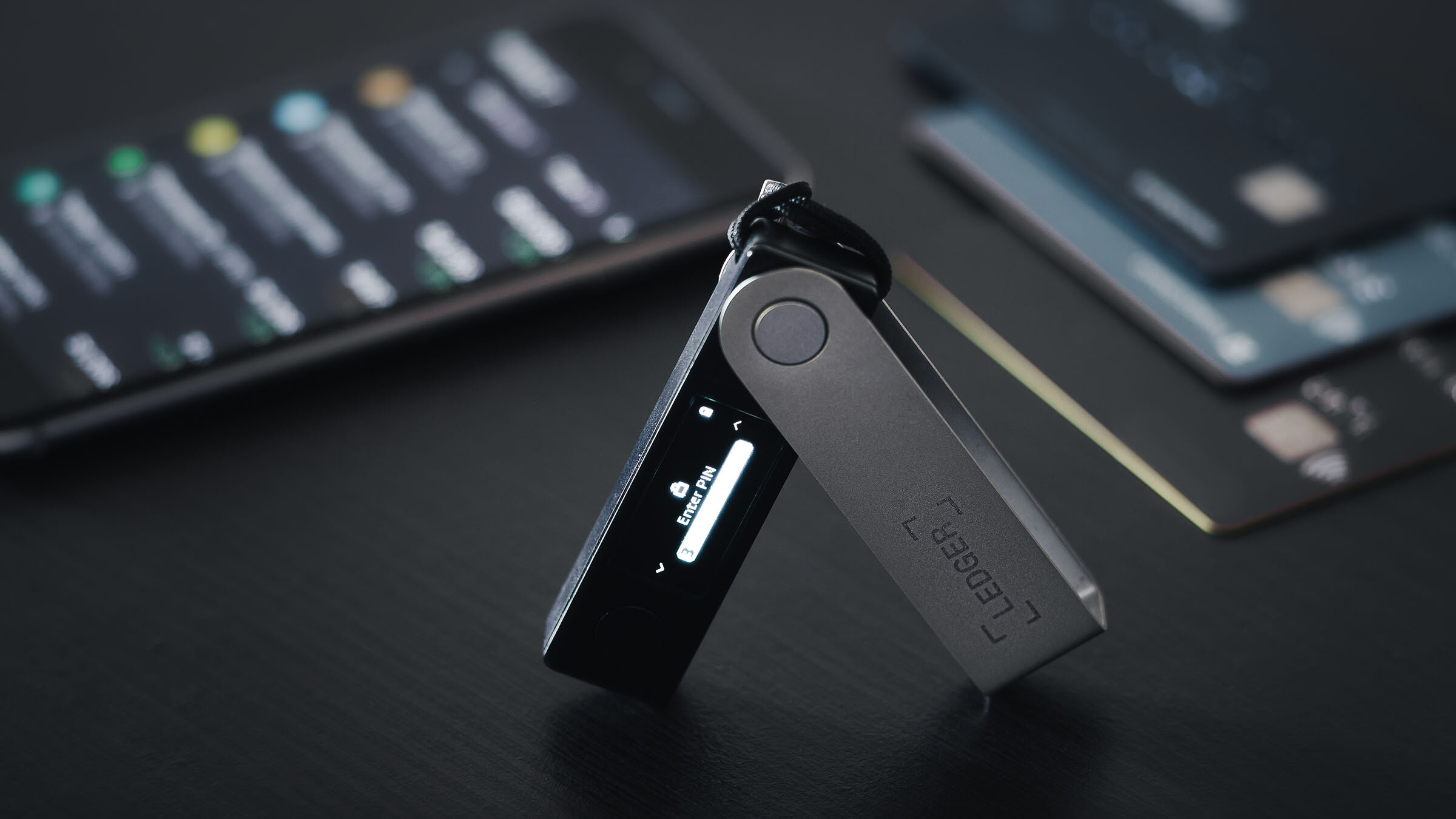If you are a cryptocurrency buyer, you must select the type of cryptocurrency wallet you need to store your digital assets. This decision is difficult, as different wallets have different pros and cons. It would help if you considered convenience, security, cost, compatibility, and support factors—essential concepts such as private keys, public keys, addresses, and transactions.
So, what is a Cryptocurrency wallet?
A cryptocurrency wallet is a software or hardware device that allows you to manage your crypto holdings and transactions. It does not store your coins or tokens directly but instead your private keys. A private key is a secret code that gives you access and control over your funds. A public key is a derived code acting as your blockchain address. A transaction is a transfer of value between two addresses on the blockchain. To send or receive a transaction, you need to use your private key to sign it and prove your ownership. A cryptocurrency wallet helps you generate, store, and use your private keys securely and conveniently.
There are different cryptocurrency wallets, each with advantages and disadvantages. Some of the main categories are:
❖ Software wallets: You can install applications on your computer or smartphone. They are convenient and easy to use but expose your private keys to the internet and potential hackers. Some examples of software wallets are Exodus, Electrum, Trust Wallet, etc.
❖ Paper wallets are printed copies of your public and private keys. They are offline, immune to hacking, and prone to physical damage, loss, or theft. Some examples of paper wallets are Bitcoin Paper Wallet, Ethereum Paper Wallet, etc.
❖ Online wallets are web-based services that store your keys on their servers. They are accessible from any device and location, but they also depend on the trustworthiness and security of the provider. Some examples of online wallets are Coinbase, Binance, Blockchain.com, etc.
❖ Hardware wallets are physical devices that store your keys in a secure chip. They are offline and resistant to hacking, but they also require a connection to a computer or smartphone to perform transactions. Some examples of hardware wallets are Ledger, Trezor, KeepKey, etc.
As seen above, choosing a cryptocurrency wallet is a complex task. It would help to weigh the trade-offs between convenience, security, and cost. Considering the compatibility and support of different cryptocurrencies and platforms would be best. This article will focus on one type of hardware wallet: Ledger wallets. We will explain how they work and their main features and benefits. We will also provide a step-by-step guide on how to set up and use a Ledger wallet. By the end of this article, you can decide if Ledger wallets are the best option for you and your crypto needs.
What is a Ledger wallet?
We're shifting our focus to Ledger wallets. A Ledger wallet is a hardware wallet allowing you to store and manage your cryptocurrencies and NFTs securely. A hardware wallet is a physical device that stores your private keys in a secure chip. To perform transactions, you must connect your Ledger wallet to a computer or smartphone and use the PlasBit or a compatible web3 app.
Hardware wallets are considered the safest and most reliable way to store and manage your cryptocurrencies and NFTs. This is because they offer several advantages over other types of wallets, such as:
❖ Security: Hardware wallets isolate your private keys from the internet and your computer or smartphone. Your funds are safe even if a virus compromises or infects your device. Hardware wallets also have PIN protection, two-factor authentication, and recovery phrase features that prevent unauthorized access or loss of your device.
❖ Convenience: Hardware wallets allow you to quickly send and receive cryptocurrencies and NFTs with a few clicks or taps. You can also check your balances, update your firmware, and manage your portfolio from one place. Hardware wallets are compatible with various platforms and applications, including PlasBit.
❖ Functionality: Hardware wallets enable you to do more than store your coins. You can buy, swap, stake, and grow your assets through various services and providers. You can also access the world of web3 and interact with decentralized applications (dApps) that offer various opportunities and use cases.
Ledger wallets are designed to provide the highest level of security for your crypto assets. They are independently certified and resistant to sophisticated cyber-attacks. They also allow you to verify the authenticity of your device and update the firmware regularly.
There are different models of Ledger wallets, each with its features and benefits. Some of the most popular ones are:
❖ Ledger Nano S: This entry-level model can securely manage over 500+ cryptocurrencies and NFTs. It has a small OLED screen and two buttons to confirm transactions. It connects to your computer or smartphone via a USB cable.
❖ Ledger Nano X: This premium model can securely manage over 500+ cryptocurrencies and NFTs. It has a larger OLED screen and two buttons to confirm transactions. It connects to your computer or smartphone via USB cable or Bluetooth®. It also has a higher storage capacity and a longer battery life than the Ledger Nano S.
❖ Ledger Stax: This is the most advanced and customizable model coming soon. It has a large E-ink screen and touchpad to confirm transactions. It connects to your computer or smartphone via USB cable or Bluetooth.
Another essential detail about Ledger wallets is their user-friendly interface that lets you easily navigate menus and options. You can also use them with various platforms and services that enhance your crypto experience.
You can also use web3 apps to access decentralized applications (dApps) that offer various opportunities and use cases. You can also use third-party wallets like Metamask or MyEtherWallet to interact with blockchains and networks. Ledger wallets support more than 500+ cryptocurrencies, including Bitcoin, Ethereum, XRP, Cardano, and Polygon.

Setting Up a Ledger Wallet
After choosing a Ledger wallet model that suits your needs, you need to set it up as a new device to generate new private keys and a recovery phrase. A recovery phrase is a set of 24 words that backs up your private keys. You need to write it down and keep it in a safe place. You can also restore your device from an existing recovery phrase if you already have one.
To set up a Ledger wallet, you need to follow these steps:
- Power on your Ledger wallet by pressing and holding both the left and right buttons.
- Choose a PIN code that protects your device from unauthorized access. You need to enter it every time. Choose between 4 and 8 digits. Make sure you remember it or write it down somewhere safe.
- Write down your recovery phrase on the recovery sheet provided with your device. Your device will display 24 words one by one. It would help to write them down in the exact order and without any mistakes. This step is crucial, as your recovery phase is the only way to restore your device and access your funds in case of loss, theft, or damage to your device.
- Confirm your recovery phrase by selecting some words on your device as requested. This phrase will help verify that you have written your recovery phrase correctly. Your device is now ready to install apps and add accounts.
To manage the cryptos in your Ledger wallet, you will need a platform that is designed for that purpose. This functionality is why you need PlasBit, which can help you transfer and securely transfer or convert your digital assets into Fiat currencies through our virtual or plastic cards.
Advantages of Using a Ledger Wallet
Using a Ledger wallet has many advantages over other types of crypto wallets. Some of the main benefits are:
❖ Security: Your private keys are stored in a secure chip isolated from the internet and potential hackers. Your device is also independently certified and resistant to sophisticated cyber-attacks. You can also verify the authenticity of your device and update the firmware regularly.
❖ Convenience: You can easily send and receive cryptocurrencies with a few clicks or taps. You can also check your balances, update your firmware and manage your portfolio from one place. Your device is compatible with various platforms and applications such as Ledger Live, PlasBit, web3 apps, and third-party wallets.
❖ Functionality: You can do more than store your coins. You can buy, swap, stake, and grow your assets through various services and providers. You can also access the world of web3 and interact with decentralized applications (dApps) that offer various opportunities and use cases.
❖ Compatibility: You can support more than 500+ cryptocurrencies, including Bitcoin, Ethereum, XRP, Cardano, and Polygon. You can also use your device with various platforms and services such as Ledger Live, PlasBit, web3 apps, and third-party wallets. You can also use multiple devices for different purposes, such as long-term storage and frequent trading.
❖ Recovery: You can recover your device and access your funds in case of loss, theft, or damage to your device. You can use your recovery phrase to restore your device on a new or existing Ledger device. You can also use your recovery phrase to access your funds on compatible third-party wallets.
Despite all these advantages, Ledger wallets are also prone to risk, including online hacking, physical damage, loss, or theft, which can result in users losing their digital assets. There is also a complexity issue, where some users need help to operate a Ledger wallet. Buying these devices from unauthorized sellers or websites can also have ramifications, such as using a fake device for your cryptocurrency assets or tampered device that steals your assets.
Conclusion:
In conclusion, Ledger wallets present a potent blend of robust security, user-friendly interface, and multi-currency support, making them an outstanding choice for managing digital assets. Their design keeps your private keys offline, safeguarding them from potential online threats. Users must adhere to best practices like buying from authorized sellers and regularly updating their firmware.
However, no solution is entirely foolproof, emphasizing the importance of individual vigilance. Thus, if you're seeking a secure, reliable, and easy-to-use solution for your cryptocurrencies and NFTs, Ledger wallets offer an excellent option in the diverse world of cryptocurrency wallets.







